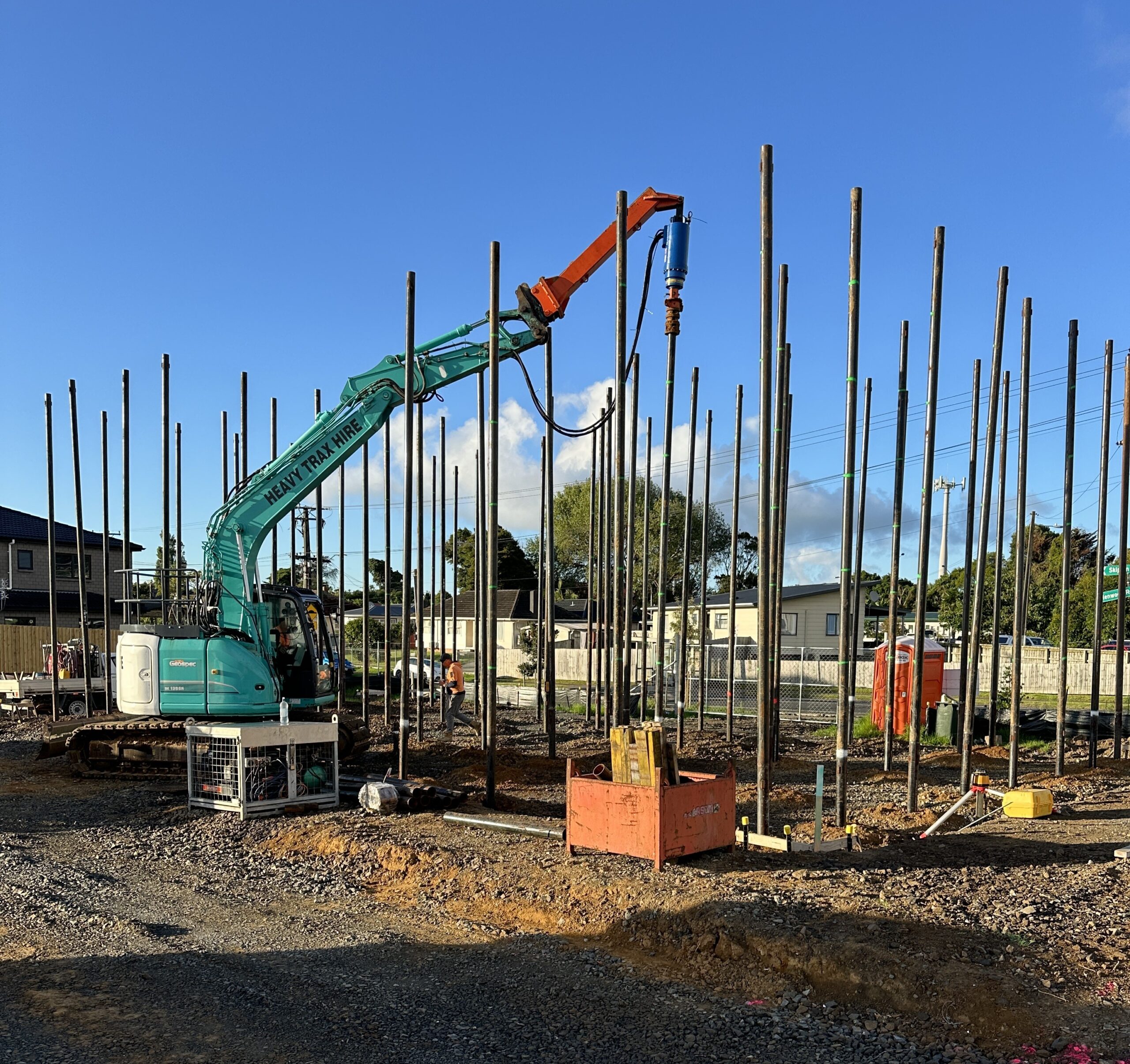
Blade Pile screw pile foundations offer a modern, efficient solution for bridging council services in New Zealand construction projects. Unlike traditional bored concrete piles, Blade Piles are manufactured offsite and designed for quick, precise installation. This approach significantly reduces the risk of material delays and unexpected cost overruns, saving both time and money. Installation causes minimal disruption to the site because no soil is excavated, making them ideal for operational sites, urban locations, or areas where maintaining access is essential.
Blade Piles are particularly effective on challenging sites. They perform reliably in areas prone to liquefaction and high groundwater, and installation is largely unaffected by adverse weather conditions. Each pile is structurally engineered to meet ultimate limit state (ULS) load requirements, and on sites with variable bearing layers, individual piles can be extended to ensure the correct load capacity is achieved.
A key advantage of Blade Piles is that they are installed exclusively by certified installers, ensuring consistent quality and compliance across every project. By contrast, traditional concrete piles may only reveal load capacity issues after council inspection, which can result in costly delays or rework. Because Blade Piles are engineered with a PS1 design, council inspection is not required, allowing installation to be confidently planned weeks in advance and integrated seamlessly into project timelines.
In addition to speed and reliability, Blade Piles offer long-term performance benefits. The design and installation process minimises environmental impact, reduces on-site disruption, and provides a durable, robust foundation that meets strict engineering standards. For builders, developers, and project managers, Blade Piles represent a smarter, more predictable alternative to concrete piling. By focusing on efficiency, precision, and reliability, Blade Piles streamline construction schedules while mitigating many of the common challenges associated with traditional piling methods.
